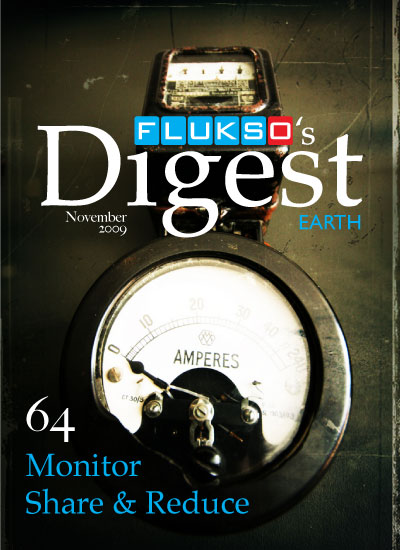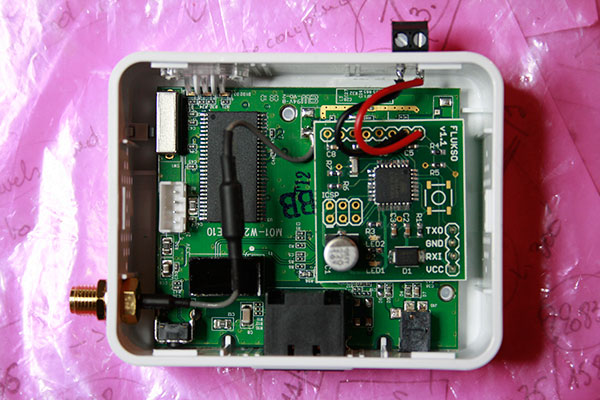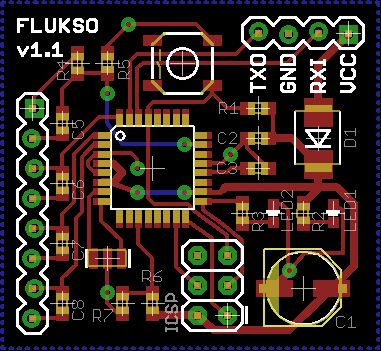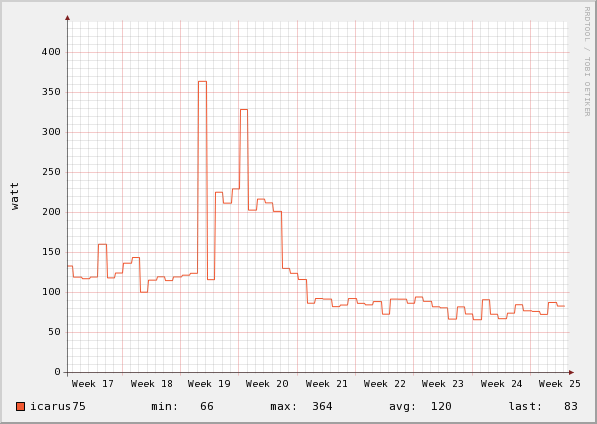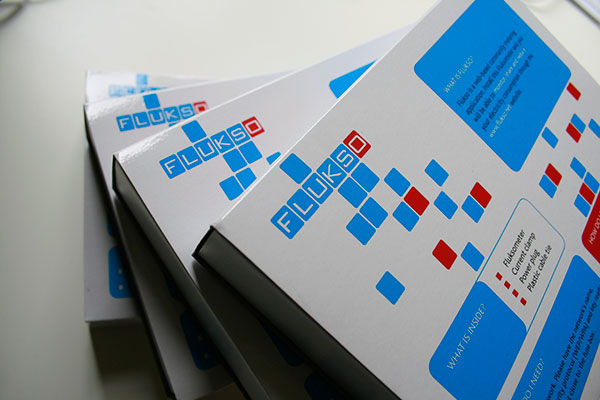A New Year - A New Server
by on
Last night we migrated the Flukso platform to a Linode VPS. The change should have rippled through the DNS hierarchy by now. Should you experience any connection problems with the Fluksometer then try to resolve it by resetting your broadband router first.
The site should be a lot snappier because of the new hardware. We've also taken the opportunity to change some of the platform's components. As can be seen in the architecture slide, Apache and mod_php have been substituted by Nginx and PHP-FPM. Our first experiences with Nginx have been very positive. It's stable, uses RAM sparingly and serves static content blindingly fast. We're also using it as a reverse-proxy to our Webmachine-based JSON/REST API. More about that in a later post.
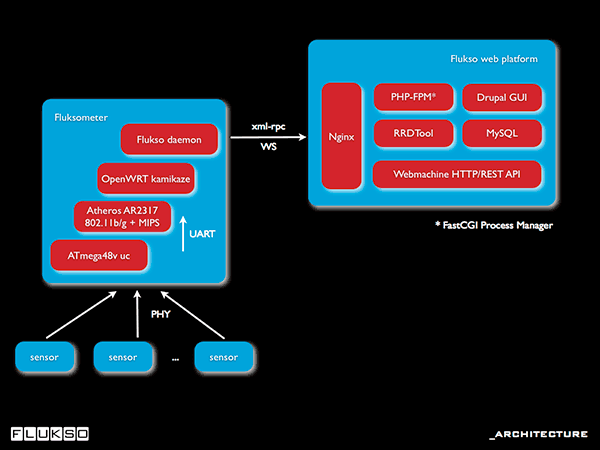
Jon Gilkison's post on Nginx and PHP-FPM has been a great help for setting up the new server. Thanks!

